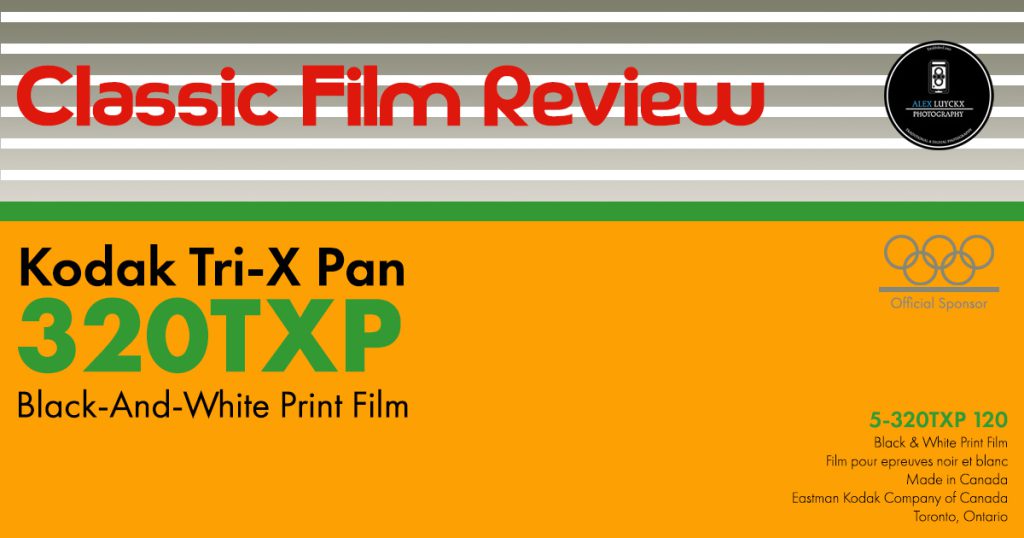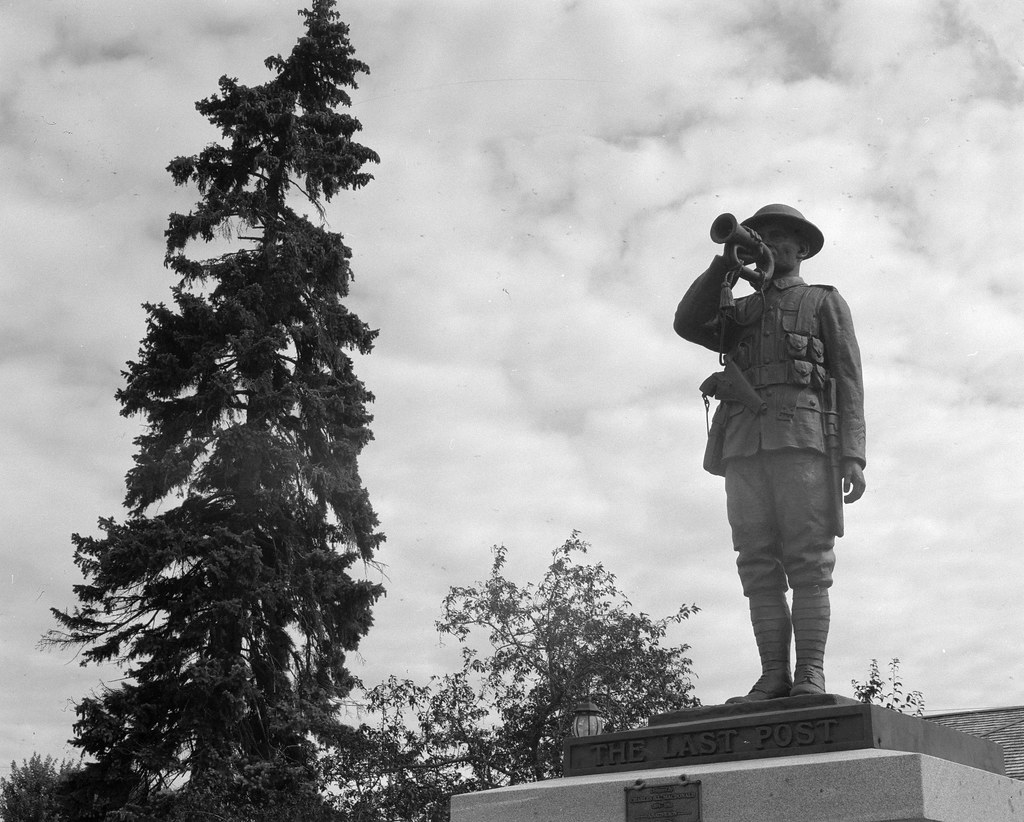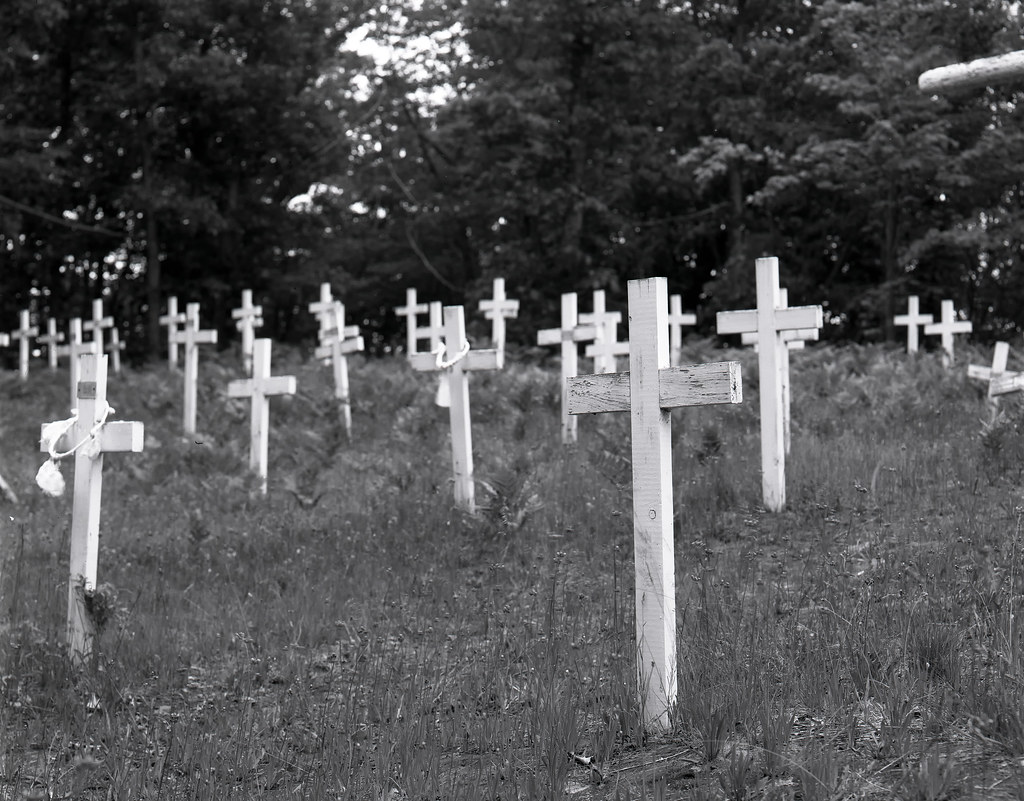You may have a couple of questions when looking at this review. First, haven’t I already reviewed Kodak Tri-X? To answer that, yes, it was one of the earliest films I reviewed, but this isn’t 400TX. This is Tri-X Pan or 320TXP/TXP, a more classic version of the modern classic emulsion. The second is, how can it be a classic review if the emulsion is still being made? Again, the sheet format of 320TXP is still in production, but the roll film was discontinued in 2010. But I quickly learned that I shot this film a lot more in sheet format than roll film format, but I figured why not go back and revisit this lovely classic emulsion and give it a bit more publicity.

Film Specs
Manufacturer: Kodak
Name: Tri-X Pan (320TXP)
Type: Panchromatic Black & White
Film Base: Acetate
Film Speed: ASA-320, Latitude:
Formats Available: Medium (120/220), Sheets
Discontinued: Roll Film (120/220) 2010
Group 01 – Kodak D-76
There is always something special about pairing a classic emulsion with a classic developer, and Kodak D-76 (or similar clones) will make Tri-X Pan sing, especially in 4×5. Despite the simplicity of the developer, it does make everything look good. There’s already little visible grain in large format, but it adds to that wide tonal range, especially in a 1+1 mix. The more dilute mix will also help drop the contrast and reduce the grain while maintaining the overall sharpness of the images. The results can be mixed with the older version in 120, but it is still a good pick for the expired and fresh film choices.




Group 02 – Kodak HC-110
Second to D-76, Kodak HC-110 is a safe choice for developing your Tri-X Pan, another classic choice for a classic emulsion. I’m more likely to choose a more dilute mix for my HC-110/Ilfotec HC; Ithe base Dilution B (1+31) is the best choice. It bumps the contrast slightly but not overly so, as it helps give a more compressed tonal range and high-to-medium contrast. You get a slight increase in visible grain in the 120 format, but it adds to overall edge sharpness. Dropping to 1+63 would muddy the water and should only be used when dealing with high-contrast lighting or when more compensation is needed. You don’t have a compensating developer available.




Group 03 – Rodinal
When I first started using Kodak Tri-X, I never thought Rodinal would be a good match for the film. And while I still feel that way, it’s more because of how things look in 35mm, but getting up in 120 and 4×5 formats, it is a surprisingly excellent match. Now, I would avoid using Rodinal with expired versions of the film, but for fresh film, it is fantastic. You want to give it a one-stop overexposure and use a dilute mix, 1+50 or even a 1+100 with semi-stand development. It will help compensate for Rodinal’s sharpening and high-contrast nature and give a far smoother result. I like how it increases the grain but makes the edges sharp and keeps that wide tonal range. I still have yet to decide, but if I need better sharpness, then Rodinal is for sure.




Group 04 – Kodak Xtol
For modern developers and Tri-X Pan, there is no better choice than Xtol or its various clones. If you aren’t a fan of grain but want to maintain edge sharpness, then Xtol will be an excellent match for both the 4×5 and 120 versions of the film. Xtol will easily knock back the visible grain, keeping the edge sharp and providing fantastic tonality. This is because I often go for the 1+1 dilution rather than stock when shooting at box speed. Now, if you are going into under-exposure and push development, go with stock to maximise the ability of Xtol to keep the grain under control while using the 1+1 for over-exposure and pull development.




Final Thoughts
While I am disappointed that you can no longer get 320TXP in 120 format, I am glad that Kodak did not change the 4×5 version to match the modern 400TX. Due to the cost of 4×5 sheets, I use it sparingly, but it would be my first choice for a paid job. I will always pick it up in expired rolls and sheets because I know the film will be delivered well and well made. Despite being a faster film, it handles ageing more than other fast films. Scanning the film is easy; I never struggled with that aspect of my photography, and while the 120 does tend to cup (like most Kodak films), the 4×5 always dried flat. One of the best parts is that Tri-X Pan responds well to more developers than these four; I was always fond of how it looked in Pyro developers, PMK Pyro mainly, but it could also handle Pyrocat-HD and would look fabulous in 510-Pyro.
Further Reading
Don’t just take my word on Kodak Tri-X Pan, you can check out the reviews by other awesome camera reviewers!
No other reviews found.